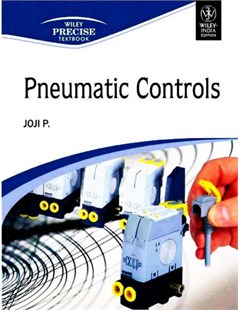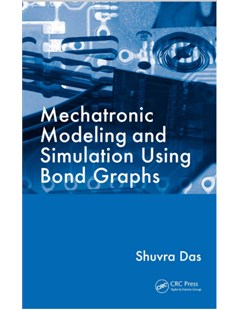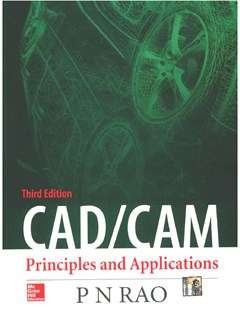Pneumatic controls
Pneumatic control systems use compressed air to receive and send the signals that control HVAC equipment. And there’s a reason pneumatic controls have been around for decades: they’re the venerable workhorses of the HVAC world. At KMC Controls, we’ve been manufacturing pneumatic control products since 1969, and our full lineup is still going strong.
2008
Pneumatic control systems use compressed air to receive and send the signals that control HVAC equipment. And there’s a reason pneumatic controls have been around for decades: they’re the venerable workhorses of the HVAC world. At KMC Controls, we’ve been manufacturing pneumatic control products since 1969, and our full lineup is still going strong.
In the simplest terms, pneumatic pressure controls move pressurized or compressed air “signals” from a controller to a device through copper or plastic tubes. Pneumatic controls stand in contrast to electronic controls, which send and receive electric or electronic signals.
In building automation system (BAS) applications, many pneumatic sensors, transmitters, and transducers perform essentially the same function in an HVAC system: they sense a physical characteristic and provide a signal to an external control device.
The air pressure in the control line triggers the action or position of a valve or damper in the external device. Thus, several pneumatic devices—including those below—fall within the broad category of “pressure controls.”
JOJI P. Pneumatic controls. Wiley India Pvt. Ltd, 2008
 |  |  |
| Pneumatic controls | Mechatronic Modeling and Simulation Using Bond Graphs | CAD/CAM: Principles and applications |
Thứ Năm, 13:48 16/02/2023
Copyright © 2018 Hanoi University of Industry.